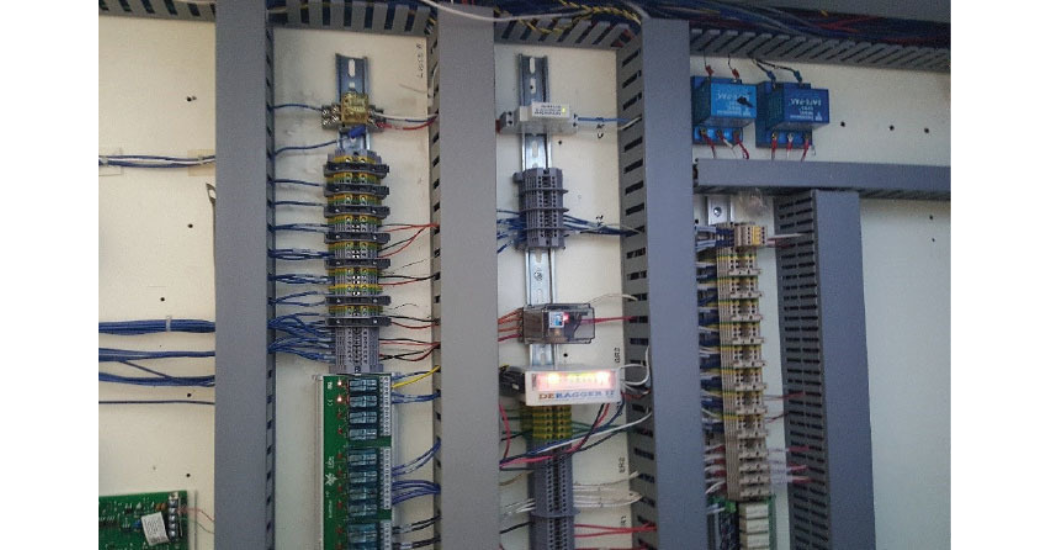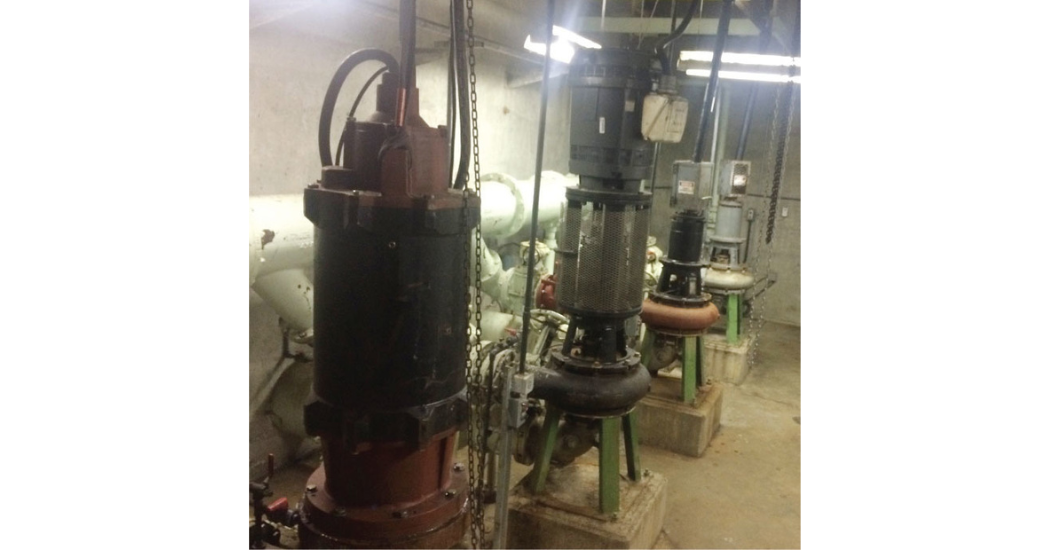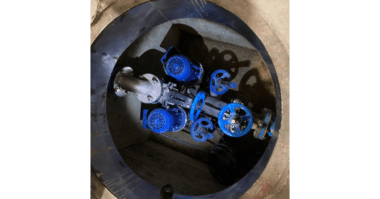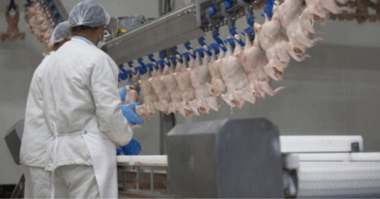Challenge: Persistent ragging at a pump station required significant staff time to clear, leading to suboptimal operation.
Solution: Installing an anti-ragging device prevented clogs, allowing rags to pass through the impellers and be effectively removed by screens.
One of the pump stations owned and operated by the Sewer Authority MidCoastside (Half Moon Bay, Calif.) suffered from frequent ragging. Pump ragging, often caused by improper disposal of nonwoven and fibrous materials, is an expensive problem that plagues the water sector. In total, the sewer authority owns and operates a sanitary wastewater treatment facility, three pump stations, and a collection system that collects wastewater from a satellite collection systems. These facilities serve the City of Half Moon Bay, the Granada (Calif.) Community Services District, and the Montara (Calif.) Water and Sanitary District.
 Ragging costs money and time
Ragging costs money and time
The clogging at one of the pump stations occurred twice a week. For each clog, operators spent about 1 hour lifting and cleaning the pumps. The process cost money as well as employee time, diverting staff away from other required duties. Lifting and cleaning pumps also put staff welfare at risk through exposure to untreated wastewater and any needles or sharps in the waste.
Even when the pumps were not fully obstructed, they were running partially ragged, which affects efficiency. When a pump runs with rags caught on the impeller, flow rate, run time, variable frequency drive speed, and power consumption all suffer. This causes stations to operate very differently from design parameters.
But just installing chopper or grinder pumps to address the problem can shift the problems from the pump station downstream to the treatment facility. The small particles produced by grinding pass through screening at the headworks in the treatment facility. Grinder and chopper pumps also are costly in terms of maintenance.
Detection allows the problem to pass
The sewer authority learned about a new piece of technology called the DERAGGER™. This system is designed to prevent ragging while improving efficiency. The anti-ragging device detects rags that reach the impeller prior to a full obstruction forming. In July, the sewer authority decided to install one of these units. It uses Real Time Pump Protection™ technology that monitors the power signature of a pump’s motor for fluctuations in the three-phase waveforms. When some rags get caught on the impeller, the device modifies pump behavior to allow the rags to pass through rather than letting them weave into an obstruction over time.
Because individual rags pass through whole rather than in pieces, no tiny particles are created to flow downstream and cause other issues. The technology also helps extend the lifespan of pump components. It can detect such issues as advanced bearing or seal-wear and alert the owner prior to equipment failure. This warning increases the ability to plan for maintenance needs.
Smooth flowing results
The installation eliminated pump ragging at this pump station. The pumps now pass the rags along to the treatment facility’s screens. With manual cleaning eliminated, staff no longer are exposed to wastewater or sharps. The system also has given the sewer authority a $500 saving every month in electricity consumption.
“We found that the energy usage has decreased approximately 20%,” said Kishen Prathivadi, professional engineer and project manager at the sewer authority. “This is beside the fact that we have been able to save manpower and utilize staff for other activities instead of the constant cleaning.”
The sewer authority estimates that the total savings in the first year, from redirected staff time and energy savings, will amount to $14,820. This will result in a return on investment in a few months.
Article Feature in WE&T Magazine




